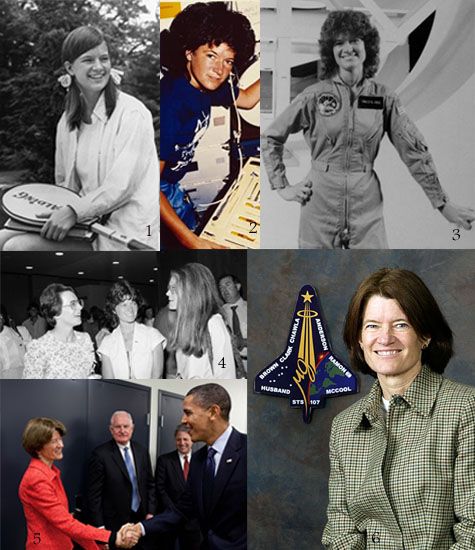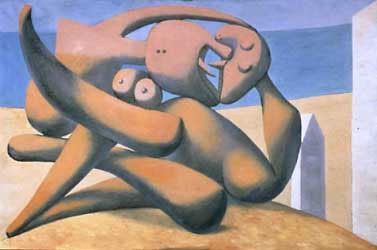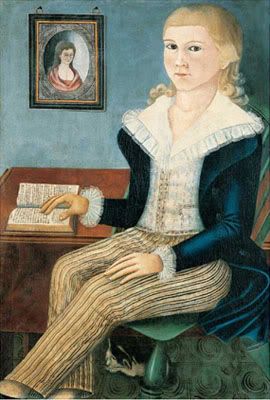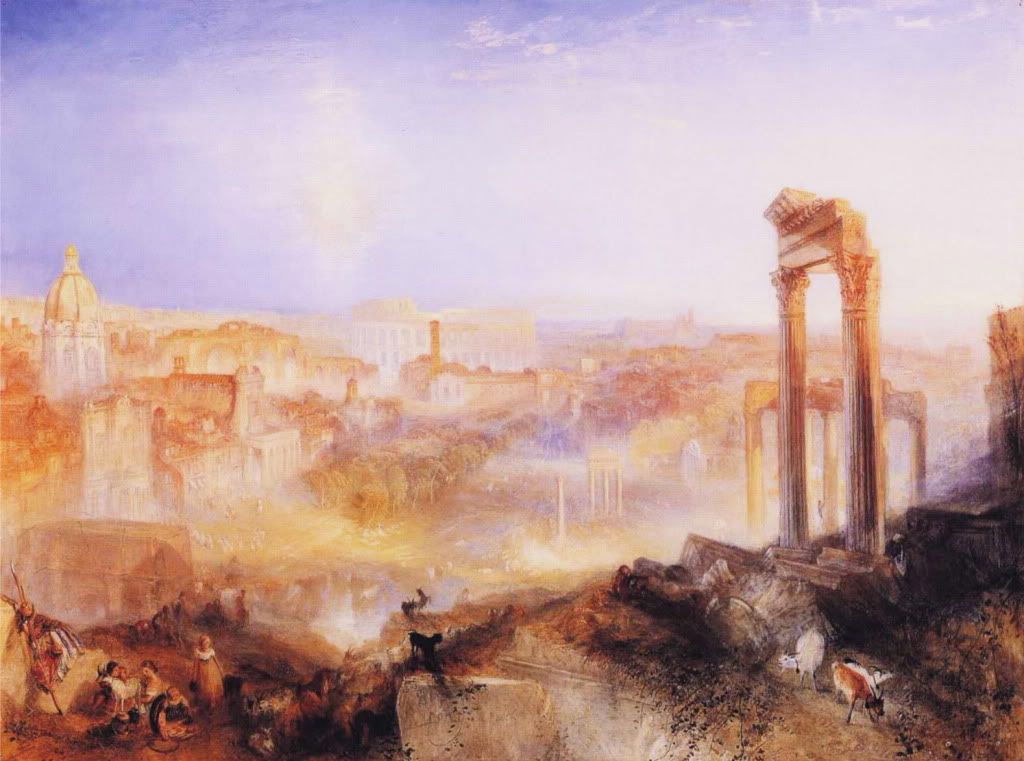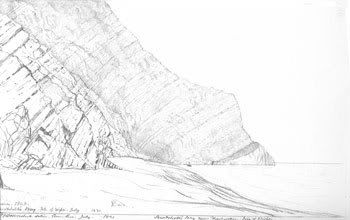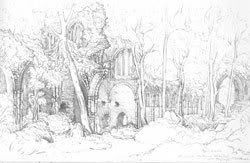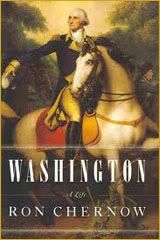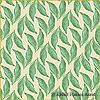 |
The "grand-design" spiral galaxy described as "the most ancient spiral galaxy...ever discovered" shouldn't exist because "Current wisdom holds that such 'grand-design' spiral galaxies simply didn’t exist at such an early time in the history of the universe," according to this website.
And commenting on the structure of this galaxy, UCLA astrophysicist Alice Shapley opines:
The vast majority of old galaxies look like train wrecks...Our first thought was, why is this one so different, and so beautiful?And University of Toronto's David Law, who authored the study, comments:
The fact that this galaxy exists is astounding. Current wisdom holds that such ‘grand-design' spiral galaxies simply didn't exist at such an early time in the history of the universe.At the View From the Right, the sentiments are different. Lawrence Auster writes:
What a dumb, vulgar thing to say [that vast majority of old galaxies look like train wrecks] about objects ten billion years old, a hundred thousand light-years across, and each containing hundreds of billions or even tens of trillions of stars. No scientist in 1950 or 1970 would have said it...I think that people, modern, liberal people (which is the majority of the West now) have no principles with which to guide their observations of the world around them.
Far too often, scientists, like their fellow elites in contemporary liberated society who believe in nothing higher or truer than the disordered human self, seem to have no sense of appropriateness, no inherent respect for anything, for the isness of anything. They must drag everything down to the commonest level and make it appear to be as messy and meaningless as we ourselves—even objects that are infinitely vaster and older than anything we can conceive, and that express an order of which (notwithstanding scientific theories which claim to explain far more than than they really do explain) we have no idea.
The Good, the True and the Beautiful are no longer those solid principles with which we tried to understand the world around us. These principles were formed partly through religion (specifically Christianity) and partly through our cultural history and traditions. Society was thus constantly informed how to differentiate between good and evil, beautiful and the less beautiful, the true and the untruthful.
Now, since we have cast aside these traditions, and since religion is just something one harks back to on Christmas or a christening, we no longer have that to guide our understanding of the world.
So, the tremendous beauty, complexity, and mystery of the universe is smeared with the ugly words of a modern "scientist." Beauty, rather than bring things up to its level, is now dragged down to the putrid messes of the ugly. And this is just how modern people would have it, since bringing things down to the "equal" level of ugliness is much easier than bringing it up to the difficult hierarchical requirements of beauty.
If scientist are not in awe of what they're discovering, how can they enjoy their work? Why bother to spend hours, days and even years looking through a metal funnel if they are not impressed by what they see? Otherwise, they may as well spend their days looking at the crumbs on their desks, which is how the likes of David Law really do see their work, and hence their crass and crude comments on these celestial bodies.
I should add that pre-modern scientists had a much better sense of the mysterious, and were much more humble than their post-modern inheritors. As I've mentioned before, it was God who got discarded so that David Law and Alice Shapley can say (and believe) these things. Things are now measured in terms of man's limitations, rather than God's infinity.
Since my interest is beauty, I think what is going on is an elimination of beauty in our modern understanding of the world, which also leads to the elimination of the good and the true. I wrote here about beauty:
Ugliness rules. In clothing, in films, in art and even in our "representatives" of beauty. I don't think it is a lack of knowledge about beauty. We've developed standards and often unanimous agreement about what constitutes the beautiful. So I'm not going to into the beauty-hater's argument that beauty is relative; beauty can be objectively measured. What's going on is that people are hating beauty. It is a form of envy. If I cannot be beautiful, then why is she beautiful? It is like wealth, or intelligence, or a sense of entitlement to live anywhere one pleases. Spread the wealth, accept I.Q.ers of 91 into Harvard, let everyone from every corner of the world come into the prosperous West. Or youth. Why cannot I be as young (and attractive) as any fifteen-year-old, at my ripe old age of seventy? Such are the mantra of the equal-opportunity narcissists.
So, in order to fit in with their lowered standards, beauty magazines are (actually they have been, for decades now) publicizing ugliness in their fashion shoots, their models, and even with the "celebrities" and film actors they promote. There was a time when actresses like Elizabeth Taylor, Ingrid Bergman, Grace Kelly and many more appeared in immaculate clothing, looking ethereally beautiful, at any age. And we admired them.
